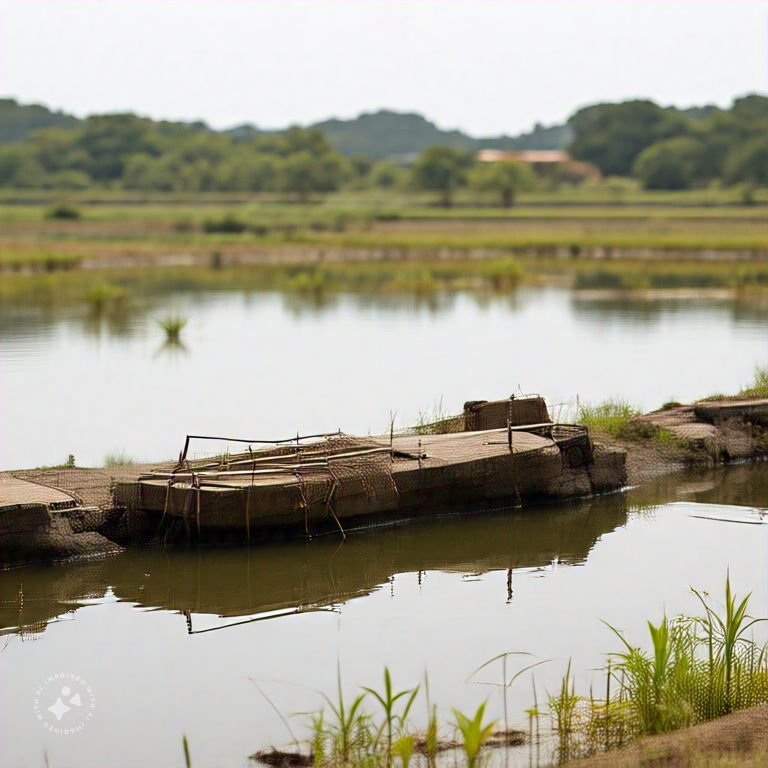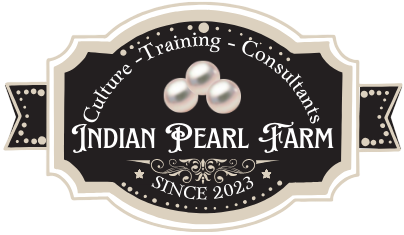
Suggestions for Pearl Farming
Pearl farming is a meticulous and rewarding endeavor that requires careful planning, proper techniques, and environmental stewardship. Here are key suggestions and guidelines for successful pearl farming:
1. Choose the Right Location
- Water Type: Decide whether to farm in saltwater or freshwater based on the type of pearls you want to produce.
- Water Quality: Ensure the water is clean, free from pollutants, and rich in nutrients. Test pH levels, salinity, and temperature regularly.
- Protected Environment: Select areas with minimal wave action, strong currents, or risks of typhoons. Coastal lagoons and calm bays are ideal for saltwater farming.
2. Select Suitable Mollusks
- Research species of oysters or mussels that thrive in your farming environment.
- For saltwater pearls: Akoya, South Sea, or Tahitian oysters.
- For freshwater pearls: Mussel species like Hyriopsis cumingii.
- Breed healthy mollusks in hatcheries or source them from reputable suppliers.
3. Maintain Optimal Farming Conditions
- Water Temperature:
- Saltwater: 20–30°C (68–86°F).
- Freshwater: 15–25°C (59–77°F).
- Salinity Levels: Maintain consistent salinity in saltwater farms. Sudden changes can stress the mollusks.
- Prevent Pollution: Keep the farm away from industrial zones or areas prone to agricultural runoff.
4. Implement Proper Farming Techniques
- Use racks, nets, or baskets to suspend mollusks in water, allowing adequate flow of nutrients.
- Rotate mollusks periodically to ensure even nacre deposition and prevent biofouling.
- Clean the shells regularly to remove algae, barnacles, and other debris.
5. Master the Seeding Process
- Invest in professional training or hire skilled technicians for nucleation (seeding). This is a critical step that directly affects pearl quality.
- Use sterilized tools and perform nucleation in a controlled environment to minimize infection risks.
6. Monitor and Protect the Farm
- Regularly inspect for predators (e.g., starfish, crabs) and pests (e.g., sponges, boring organisms).
- Watch for diseases like oyster herpes or bacterial infections.
- Create predator deterrents or barriers as needed.
7. Harvest with Care
- Harvest pearls only when they are mature (typically after 1–3 years).
- Use gentle techniques to avoid damaging the pearls or mollusks.
- Consider reseeding healthy mollusks for a second harvest.
8. Adhere to Environmental Sustainability
- Avoid overstocking to prevent depleting local resources.
- Engage in water quality management to maintain ecological balance.
- Work with conservation organizations to ensure the long-term health of marine or freshwater ecosystems.
9. Quality Control and Marketing
- Grade pearls based on luster, size, shape, color, and surface quality.
- Partner with jewelers and establish a unique brand for your farm’s pearls.
- Educate customers about the sustainability and craftsmanship behind cultured pearls.
10. Stay Updated
- Follow advancements in pearl farming technologies and techniques.
- Attend workshops, join associations, and network with other pearl farmers.
- Stay informed about market trends and consumer preferences.
Key Tips for Success:
- Patience is vital; pearls take time to grow and develop their quality.
- Consistency in care and environmental monitoring is crucial for high-yield, high-quality pearls.
- Diversify your products by offering pearl jewelry, farm tours, or educational experiences to visitors.
By following these guidelines, you can run a successful pearl farm while preserving the natural beauty and resources of your environment.

